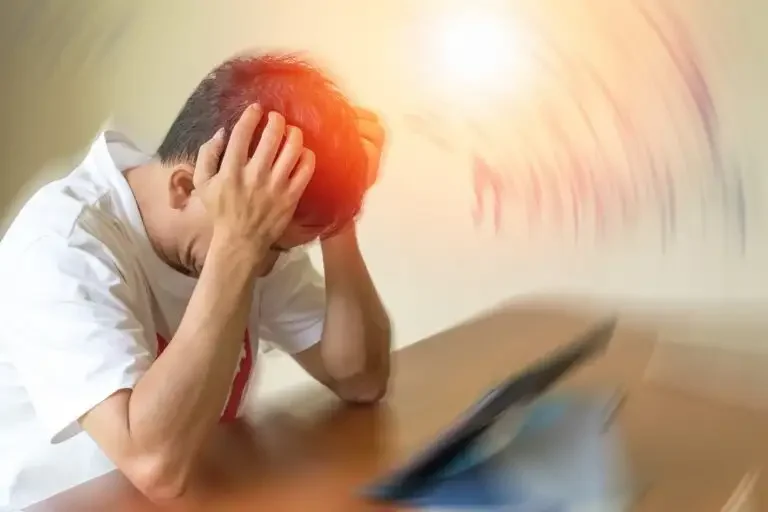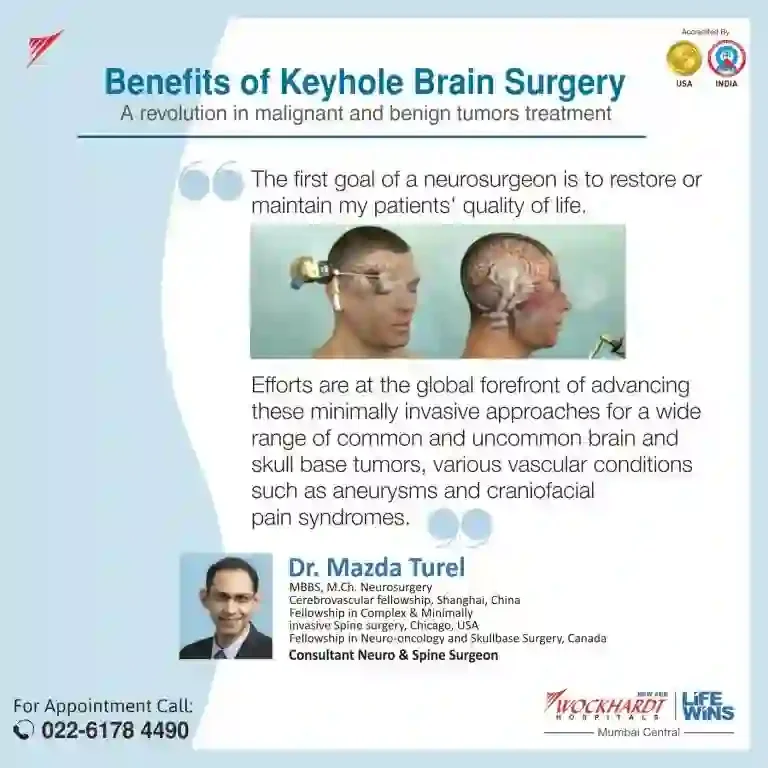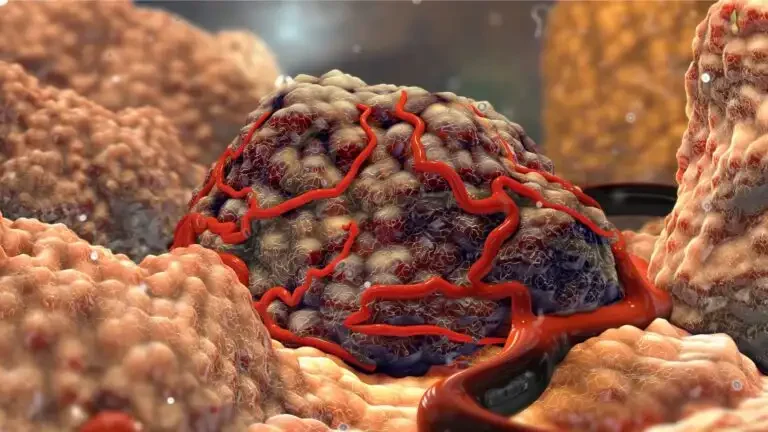Movement disorders during sleep are numerous with varied aetiology. Aetiology presents range from neurological, psychiatry, medical, or sleep disorders. Hence, a detailed and smart evaluation by a Neurologist helps an individual to get the correct diagnosis and appropriate treatment related to aetiology. The importance of evaluation of such conditions lies behind the fact that many such movement disorders disrupt regular sleep which leads to multiple psychological issues like fatigue, anxiety, depression, and medical conditions like uncontrolled hypertension, increased risk of cardiovascular events, etc.
Commonly Witnessed Movement Disorders Encountered in Day-To-Day Neurological Practice
1. Restless leg syndrome (RLS)
RLS is a movement disorder known to have a fluctuating course with remission rarely seen. It is an irresistible urge to move legs that usually occur during inactivity or at rest and becomes worse in the evening and night
- Individuals affected give funny explanations like creepy or crawly feelings or sometimes they explain it as pain, jitteriness, worms moving, soda bubbling in the veins, and itching bones
- RLS is a lifelong disorder and although it could have a fluctuating course, permanent remission is rare. RLS can occur as a primary or secondary disorder. The secondary type is usually due to iron deficiency anemia, related to pregnancy, renal failure diabetes mellitus, Parkinson’s disease, or different forms of neuropathy
- The success of treatment for such a condition lies in diagnosing the underlying cause and treating the secondary cause along with symptomatic treatment.
2. Periodic limb movements of sleep (PLMS)
PLMS is defined as periodic episodes of repetitive and highly stereotyped limb movements that occur during sleep.
- These movements are occasionally associated with RLS, narcolepsy, obstructive sleep apnoea and Parkinson’s disease.
- It usually takes place during the early stages of sleep and is associated with a rise in pulse and blood pressure.
3. Sleep related Bruxism (SLB)
SLB is defined as repetitive jaw-muscle activity characterized by clenching or grinding of the teeth and/or by bracing or thrusting of the mandible during sleep.
- It is found to be associated with multiple psychological issues like anxiety, depression, hostility, phobic anxiety, and paranoid ideation.
- The possible consequences with SLB seen are Cited consequences of SB include temporomandibular disorders, headaches, tooth wear/fracture, implant, and other restoration failure.
4. Sleep related hyper motor seizures (SHE)
SHE has clinical manifestations which consist of rapid, hyperkinetic movements as well as tonic/dystonic posturing of the limbs usually brief duration with abrupt onset and offset.
- Both genetic, structural, and multifactorial aetiologies can occur. As delay in diagnosis can lead to various cognitive impairments, hence a demand for early diagnosis and treatment. SHE unlike typical seizure lack typical tonic-clonic movements which lead to misdiagnosis as other movement disorders during sleep. Though diagnosis is based on clinical history, EEG and polysomnography aid in diagnosis. Treatment is with antiepileptics.
5. Sleep related leg cramps (SRLC)
SRLC represents painful contractions of the legs during sleep. It is characterized by suddenly occurring, episodic, persistently painful, involuntary contractions of the calf, hamstrings or foot muscles at night.
- The cause can be idiopathic or secondary to metabolic, vascular, medication, or toxin-related or neurological disease. Treatment comprises both pharmacological and non-pharmacological therapies.
6. Benign Sleep Myoclonus of Infancy (BSMI)
(BSMI) is a benign condition can occur anywhere between Day 1 of life to 3 years of life it is characterized by twitches or jerks that occur when an infant is drowsy or asleep.
- This rare entity needs to be diagnosed well as it can be mistaken as a seizure and unnecessary antiepileptics are started.
- Management is nonpharmacological and involves primarily counseling of the parents as it resolves in two-thirds of affected infants by 3 months old.
7. Propriospinal Myoclonus at Sleep Onset (PSM)
PSM is defined as a movement disorder characterized by a person experiencing sudden jerks of the neck and abdomen both during drowsiness or trying to fall asleep.
- The condition may be primary or secondary to a spinal or nerve-related condition. Secondary causes involve a broad spectrum of conditions- including spinal lesions, namely syringomyelia and Dural arteriovenous fistula, paraneoplastic condition, paraproteinemic neuropathy, demyelinating lesions, thoracic herpes zoster, infections like Lyme neuroborreliosis, HIV infection, and multiple other conditions.
8. Sleep-Related Rhythmic Movement Disorder (SRRMD)
SRRMD is characterized by repeated rocking, rolling, and banging rhythmic movement disorder, and may also make rhythmic noises such as loud humming. Such rhythmic movements are commonly seen during infancy, and by 5 years old, only 5% of children are still affected. Risk factors include positive family history, infancy, intellectual disability, and associated other sleep disorders.
Normal Variants
Sleep starts (hypnic jerks): These are present at all ages and characterized by abrupt, startle-like movements that occur as one is drifting off to sleep, sometimes accompanied by a sensation of falling, a dream-like feeling, or a flashing sensation.
- Precipitating factors include, caffeine or other stimulants, prior intense physical exercise, sleep deprivation, or emotional stress.
Excessive fragmentary myoclonus (EFM)- EFM is considered a benign, nonprogressive condition characterized by the movement of the fingers, toes, or mouth during sleep, with or without corresponding small visible movements(sometimes only evident by electromyography).
Hypnagogic foot tremor – Hypnagogic foot tremor is a rhythmic movement of the feet or toes lasting several minutes and tends to resolve spontaneously over time. It is seen in both adults and children. It occurs around the time of sleep onset with a periodicity of once every one to two seconds involving one or both feet. The patient may perceive a sensation of movement of the feet.
Management for various types of movement disorders related to sleep can be divided into – proper evaluation and correct diagnosis of the type of disorder the individual is suffering from. Though sleep-related movement disorders are clinically diagnosed, investigations required are blood investigations to rule out secondary causes supplemented by EEG, polysomnography, and nerve conduction study as and when required. The establishment of diagnosis is followed by medications for the management of symptoms and treatment of secondary causes leading to such symptoms. When required, the medication should be complemented with non-pharmacological measures as well.
Conclusion
Movement disorders related to sleep are numerous. More than one movement disorder during sleep can co-exist in the same individual. As these disorders can lead to sleep disturbances followed by psychological consequences, Sleep-related movement disorders need to be properly diagnosed and treated.
For further enquiry please contact
Dr . Sheetal Goyal
Sr. Consultant Neurologist
Wockhardt Hospitals, Mumbai Central












